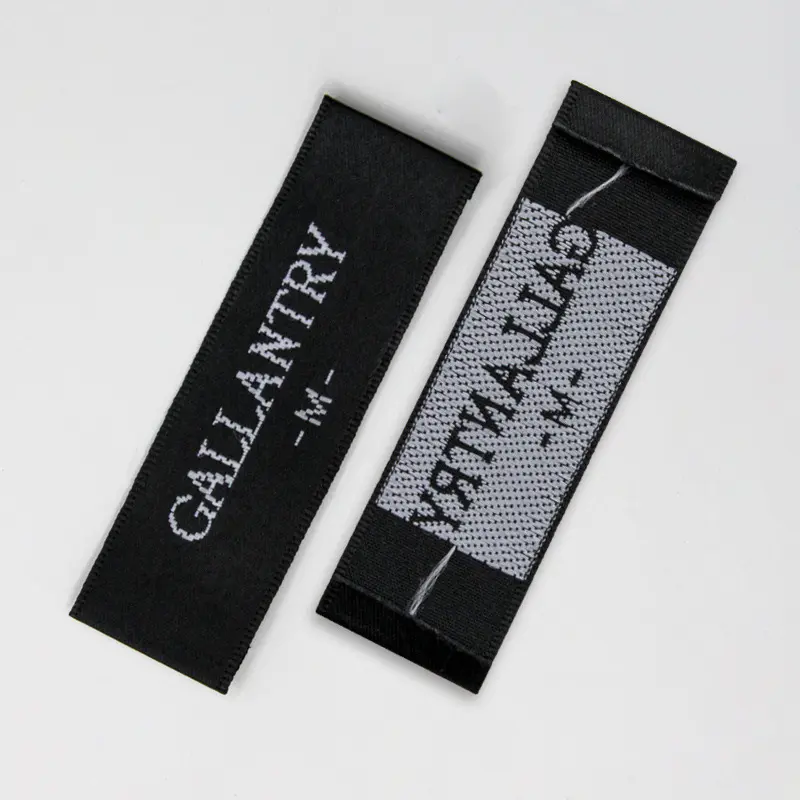Meaning of clothing hang tags and care labels
Date Time: October 31, 2023
Reading volume: 4147
Author: LIJIE
When purchasing clothing, we often pay attention to the hang tags and care labels on the garments. So, what information do these three labels contain?
Generally, the three labels refer to the neck label, hang tag, and care label.
1. Neck label: This is the label on the collar, usually featuring the brand logo and size information.
2. Hang tag: This is the card hanging from the collar or attached to the garment, displaying information such as size, material, and manufacturer.
3. Care label: Usually located on the left inner seam of the garment, it provides washing and ironing instructions.
In addition to these three labels, some clothing items may also include a scarf label for easy wearing. The care label may also include information about fabric composition.
National standards specify the information that should be indicated on these three labels, but they do not dictate the position of the labels.
In summary, we can look at these three labels through the following five steps:
1. Check the safety category of the product. Clothing is generally categorized into three safety categories: A, B, and C. Category A pertains to infant clothing, category B applies to items in direct contact with the skin, such as underwear, and category C applies to items that do not directly touch the skin, such as down jackets. The safety category is usually listed on the label, with higher levels representing better quality.
2. Review the applicable standards. Clothing production generally requires compliance with national standards (GB) and industry standards (FZ). Some labels may also differentiate between qualified products, first-class products, superior products, etc.
3. Check the size specifications. Size specifications are the most basic information, and many brands use S, M, L as size indicators. The typical format according to national standards is XL 180/84A, where the standards for height and chest circumference are 180 and 84 respectively. The letter A represents regular, Y represents slim, B represents overweight, and C represents obese. This information can be found on the neck label, care label, or hang tag.
4. Examine fabric composition. Fabric composition should be accurately indicated, particularly on official brand platforms and marketing materials. For example, a fabric marketed as "cashmere silk" may sound luxurious, but due to its actual composition, it should be honestly labeled as viscose. It's important to develop the habit of reading fabric compositions to avoid being misled.
5. Review care instructions on the care label. The care label typically provides different washing and ironing instructions based on the garment's material and characteristics. This is fairly basic information but should be familiarized to avoid improper care.
It's worth noting that these three labels may vary when taking goods from the market or factory. Some garments have their neck labels and hang tags cut off, and even some care labels may be removed to avoid interfering with sales channels. However, cutting labels does not eliminate the intellectual property risks associated with the garment itself.
Furthermore, some garments produced in factories may only come with a care label that lists the composition and care instructions without brand, manufacturer, or contact details. Customers may provide their own neck labels and hang tags or sew them on themselves according to their needs. This is also why there can be competition among different electronic brands.
In conclusion, for brand owners, the key points to pay attention to in the labels are safety category, applicable standards, and size specifications. On the other hand, factories and markets focus more on fabric composition, style, and processing information. Understanding different fiber characteristics and fabric textures can help reduce the chances of being misled.
Original reprint note: https://www.clothinglabelscustom.com/meaning-of-clothing-hang-tags-and-care-labels.html


































